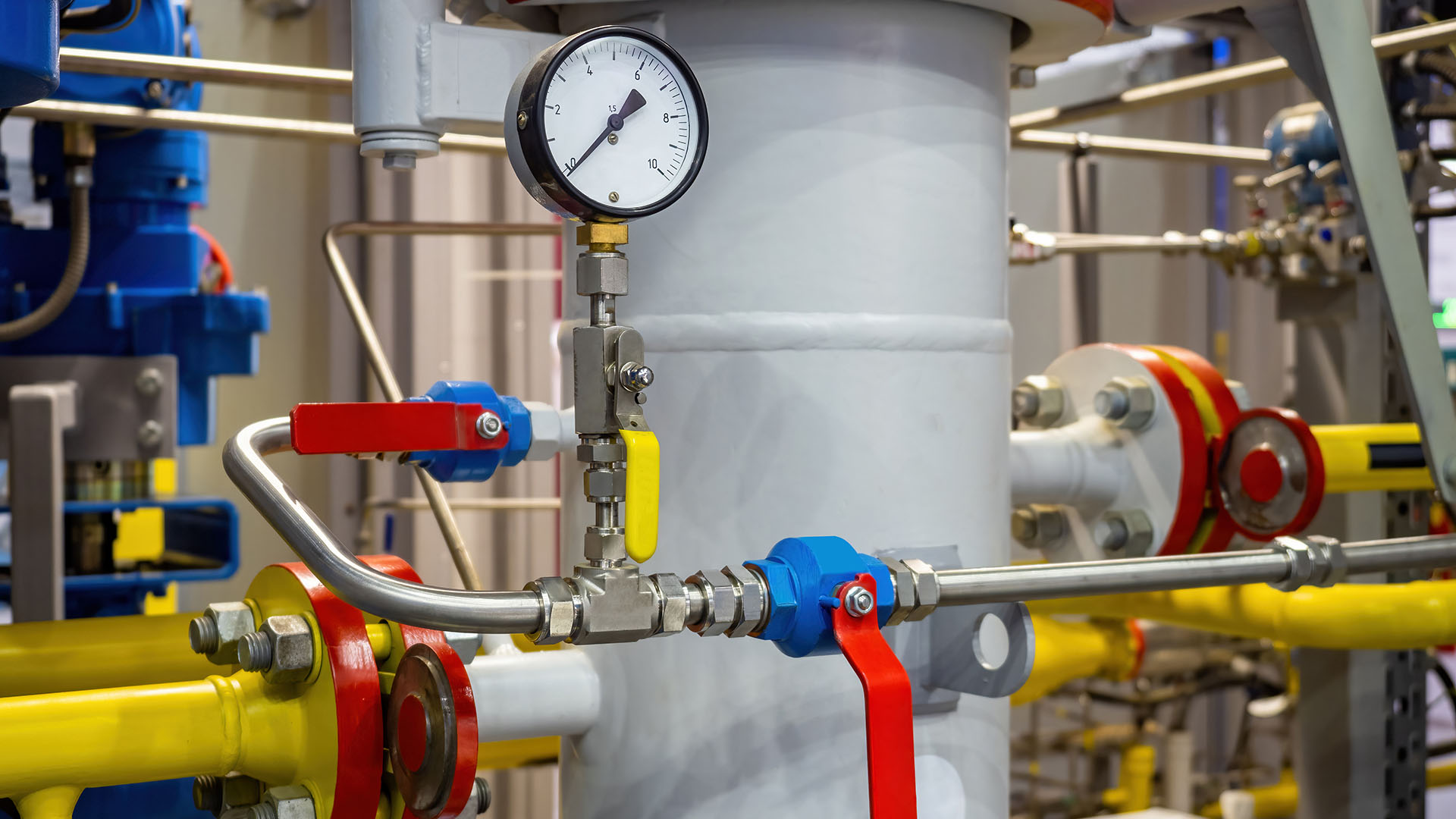Introduction
In latest world, nutrition security and exceptional will not be simply luxuries; they may be non-negotiable requirements that every meals enterprise participant have to adhere to. One of the predominant resources of attaining those specifications is calibration. Calibration inside the food business guarantees that gadget used for measuring, mixing, cooking, and storing nutrients is proper and safe. But what does calibration in point of fact entail? Why is it so indispensable in retaining nutrition safe practices and first-rate? Let’s dive deep into this obligatory system.
Calibration in the Food Industry: Ensuring Safety and Quality Standards
Calibration is basically the job of configuring an device to present a outcome for a pattern within a suitable vary. In more straightforward phrases, it can be about ensuring your measuring contraptions are spot on. Imagine you are a chef making ready a gourmet dish, however your scale reads 10 grams less than it should—catastrophe! That's why calibration in the food industry isn’t just a technical requirement; it’s a lifeline for guaranteeing safeguard and high quality.
Understanding Calibration: The Basics
Calibration isn’t almost checking if your methods works; that's approximately guaranteeing it works properly. When we speak about calibration within the cuisine marketplace, we’re relating to a good number of different types of measurements:
- Temperature: Essential for cooking approaches. Weight: Crucial for component proportions. pH Levels: Important for fermentation and renovation.
Each sector calls for detailed calibration strategies to determine precision.

Why Is Calibration Important in Food Production?
The value of calibration will not be overstated. Here are some key causes:
Safety: Incorrect measurements can end in detrimental food merchandise. Quality Control: Consistency in measurements ends up in constant product nice. Regulatory Compliance: Many jurisdictions require calibrated device as component to wellness rules.Key Components of Calibration Protocols
When establishing calibration protocols, numerous aspects need attention:
- Frequency of Calibration Methodology Documentation
Each factor plays a a must have role in ensuring that calibration is each tremendous and compliant with enterprise concepts.
Types of Equipment That Require Calibration
1. Weighing Scales
Whether you’re measuring out flour or spices, suitable weights are quintessential for recipe consistency.
Why Weighing Scales Need Calibration
An inaccurate scale can lead to wrong aspect ratios, affecting style, texture, and even safeguard.
2. Thermometers
Cooking temperatures could make or spoil a dish—and they may impact meals safety.
Importance of Calibrating Thermometers
Calibrating thermometers guarantees that you simply’re cooking meat effectively or keeping sizzling meals at secure temperatures.
three. pH Meters
Used largely in food processing (fairly dairy), pH meters assist preserve product integrity.
How pH Meter Calibration Affects Food Quality
Inaccurate pH readings can result in spoilage or undesirable flavors in fermented products.
four. Timers
Accurate timing is critical in lots of cooking processes—from baking bread to brewing espresso.
Consequences of Miscalibrated Timers
A miscalibrated timer may want to damage a batch thoroughly!
Calibration Methods Used within the Food Industry
1. Standardization Method
This contains by way of ordinary reference issues to modify the measurement instrument.
How It Works
For illustration, via certified weights to calibrate scales affords coverage that they’re right.
2. Comparison Method
In this technique, contraptions are in contrast against other calibrated gadgets.
Benefits of Comparison Method
It’s probably faster mechanical calibration but may be less properly than standardization strategies.
3. Self-calibration Techniques
Some progressive gadgets let clients to practice self-calibration by way of built-in instrument gains.
Advantages of Self-calibration
This procedure saves time and will make stronger effectivity whilst finished properly.
Developing Effective Calibration Procedures
Creating amazing calibration processes calls for careful making plans and execution:
Identify Key Equipment Determine Frequency Create Documentation TemplatesBy retaining thorough documents, groups can observe while calibrations were performed and their results—a indispensable area for audits!
Training Staff on Calibration Standards
Your team of workers wishes certified ring gage calibration satisfactory working towards on how one can carry out calibrations without difficulty:
- Regular workshops Hands-on practicing sessions E-finding out modules
When anyone is aware what’s envisioned concerning calibration practices, consistency improves throughout operations!
Common Challenges Faced During Calibration Processes
Even with amazing techniques in region, challenges pretty much get up:
1. Inconsistent Measurements
Different operators may perhaps learn instruments another way—preferable to discrepancies!
Solution: Standard Operating Procedures (SOPs)
Establish clear SOPs for all measurement initiatives!
2. Equipment Wear-and-Tear
Over time, resources naturally degrade—main them out-of-specification conditions.
Solution: Regular Maintenance Schedules
Ensure machinery is serviced mostly!
FAQs About Calibration inside the Food Industry
Q1: How incessantly should still I calibrate my kit?
A1: Most manufacturers counsel every six months or after important use; though, top-extent operations may also require per thirty days checks.
Q2: What instruments do I need for calibration?
A2: Basic methods consist of certified weights for scales and ice baths or boiling water for thermometers—something that offers solid reference points!
Q3: Can I participate in my very own calibrations?
A3: Yes! As lengthy as you stick to superb directions and report each and every step meticulously!
Q4: Are there selected laws governing calibration?
A4: Yes! Different countries have genuine necessities (e.g., FDA restrictions) on the topic of gadget used in meals production settings!
Q5: What happens if my appliance fails inspection?
A5: You may additionally face fines or forced closures until issues are resolved—guaranteeing precise calibration mitigates this threat noticeably!
Q6: Do assorted types of foods require diverse calibrations?
A6: Absolutely! For instance, acidic ingredients like pickles would require diverse pH modifications when put next to neutral foods like bread!
Conclusion
Calibration just isn't merely an operational challenge; it is foundational to guaranteeing security and quality criteria within the nutrition business. By starting clear protocols, working towards personnel readily, and addressing regularly occurring challenges head-on, organizations can uphold their dedication to supplying risk-free, high-quality merchandise constantly. The stakes are top in the case of public wellbeing—so let’s ascertain we’ve acquired our bases coated with actual calibration practices!